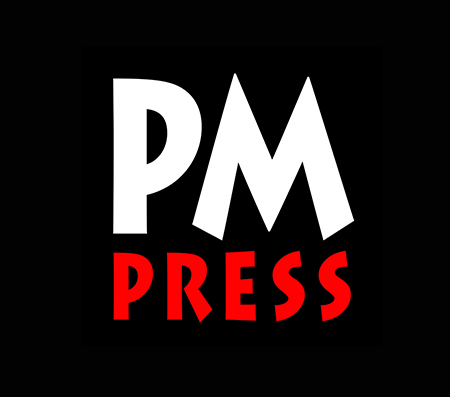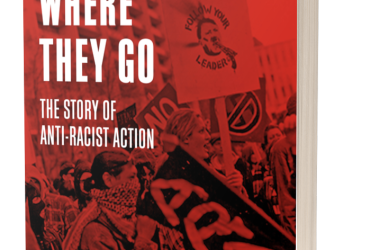How anti-fascist organizing pushed back against the far right in the Reagan era
By Spencer Beswick
Washington Post
January 6th, 2023
Two years after the failed Jan. 6, 2021, coup, the far right continues to escalate threats against marginalized groups and to our democratic system more broadly. The mass killing at Club Q in Colorado Springs, followed soon after by an attack on an electrical grid, which some suspect might have been motivated by a desire to disrupt a drag show in North Carolina, offer a grim foreshadowing of more violence to come. This is particularly worrying given Rep. Marjorie Taylor Greene’s (R-Ga.) recent statement to the New York Young Republican Club that if she and Stephen K. Bannon had been in charge on Jan. 6, the mob “would have been armed” and “we would have won.”
This movement has many of the elements we recognize as fascism. Fascism is a far-right political approach that offers what the historian Robert Paxton calls “compensatory cults of unity, energy, and purity” to people obsessed with perceived humiliation and social decline. Historically, fascist movements have taken the form of militant nationalist parties that turn against democracy in alliance with elements of the conservative elite. They engage in “redemptive violence” to pursue “goals of internal cleansing and external expansion.” Although it may seem to have come out of nowhere, today’s American fascism has roots in a surge of far-right violence in the late 20th century. We have much to learn from the recent evolution of fascism — and from anti-fascist responses — to help understand far right violence today.
Even as President Ronald Reagan led the New Right into power, fascists and white supremacists on the fringes turned against the government. Despite Reagan’s right-wing transformation of the GOP, far right groups did not celebrate. Instead, they believed that “globalist” Jewish elites had misled the Republican Party into capitulating to the Black civil rights movement at home (by embracing legal equality) and to communism abroad (by accepting defeat in Vietnam). A growing number of fascist and white power activists saw no future in the current order. To them, the GOP was insufficiently racist and too willing to share power with liberals and people of color — which they perceived as an existential threat to the White race. As historian Kathleen Belew has illustrated, neo-Nazis and leading elements within the Ku Klux Klan set aside their traditional enmity and united to fight for a “white revolution” against what they called the “Zionist Occupied Government.”
Fascist and white supremacist organizations including the National Alliance, the KKK and White Aryan Resistance offered radical programs to White people who felt victimized by social changes since the 1960s. Economic disruptions in the 1970s, particularly the outsourcing of manufacturing jobs from the United States, were accompanied by perceived threats to the status of White men from the civil rights movement and the women’s liberation movement. Increased immigration in the 1970s and 1980s, particularly from non-European countries, became a source of anger on the right. All of these factors cemented a sense of grievance among some White Americans.
Fascists exploited this sense of White male victimization and argued that the only way to secure a future for the White race was to use mass violence to purify society of leftists, Jews and people of color.
William Pierce, the leader of the neo-Nazi National Alliance, wrote two novels that guided revolutionary struggle in this era. The course was set with the 1978 publication of “The Turner Diaries,” in which a fascist white power group called the Order carries out escalating attacks to overthrow the government and “cleanse” the United States of people of color, Jews and all White people that they accused of being race traitors. Fiction and reality blurred in 1983 when Robert Jay Mathews founded a group called the Order modeled after the book. The Order was responsible for violent actions, including the murder of the Jewish talk show host Alan Berg in 1984.
Pierce released a second novel, “Hunter,”in 1989 that helped popularize the purportedly “lone wolf” practice of individuals carrying out terroristic violence such as mass shootings. Portraying these acts as one-offs by individuals helped mask the organized and collective nature of this violence, and its political goals. Timothy McVeigh cited Pierce’s work as inspiration for his 1995 Oklahoma City bombing that killed 168 people and injured hundreds more.






